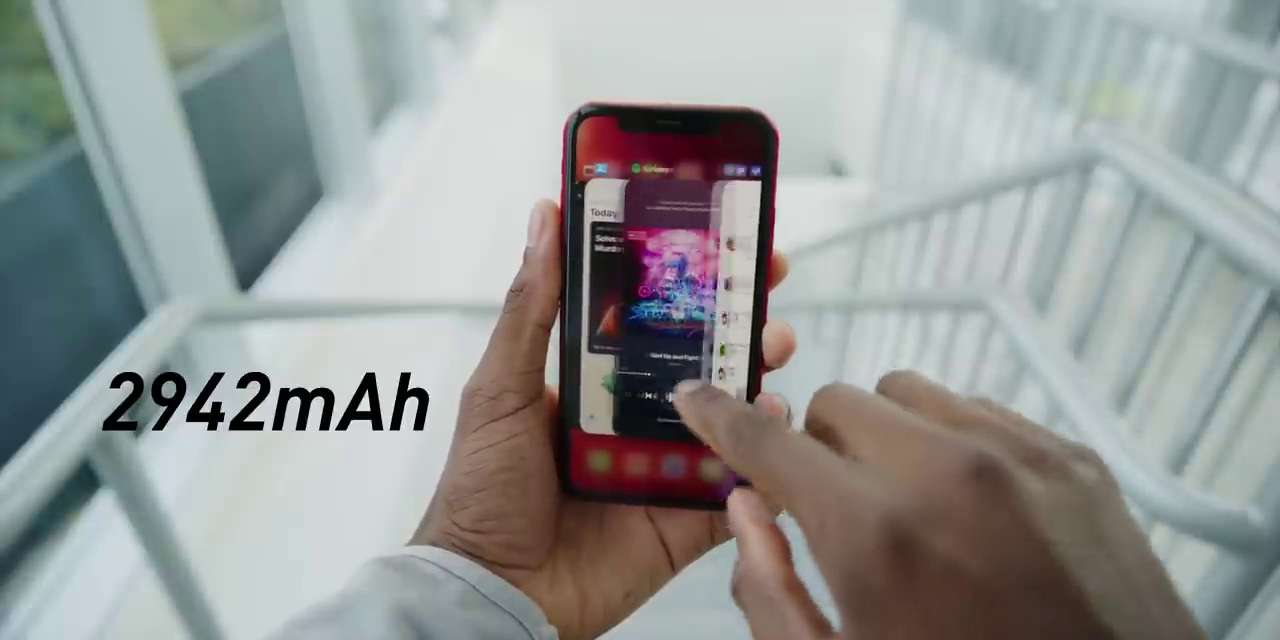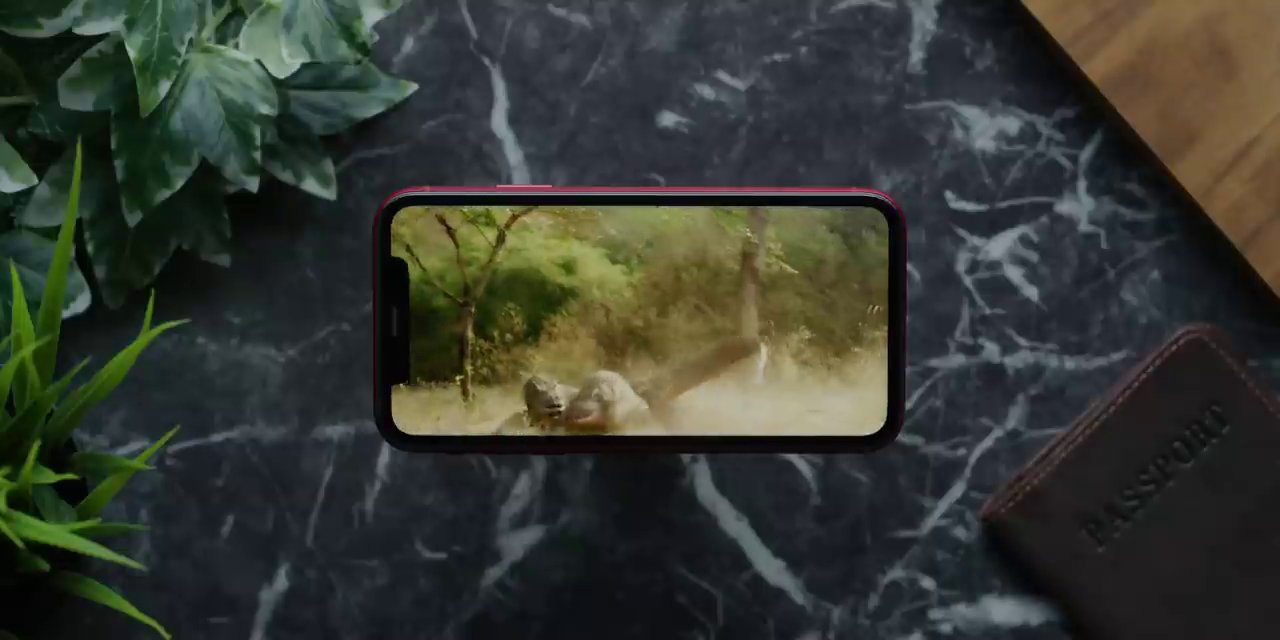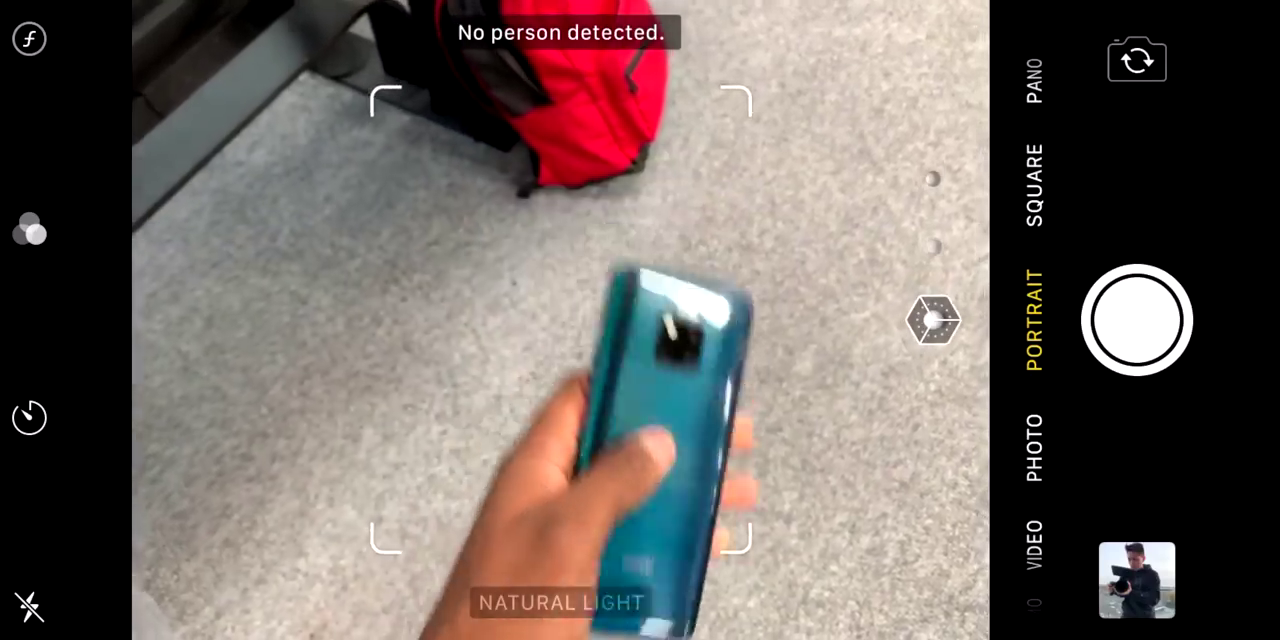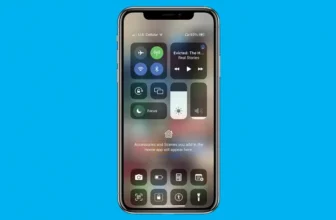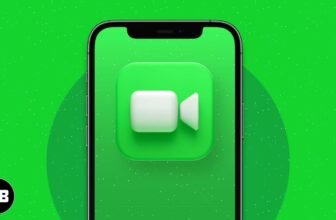iPhone XR Review: Camera, Pricing, Performance, Battery Life…
Introduction
What’s up guys! After navigating through 755 product launches during Techtober and taking a brief pause, we’re diving back into the tech world with November. And I’ve kick-started my November with the iPhone XR.
The Reputation of iPhone XR
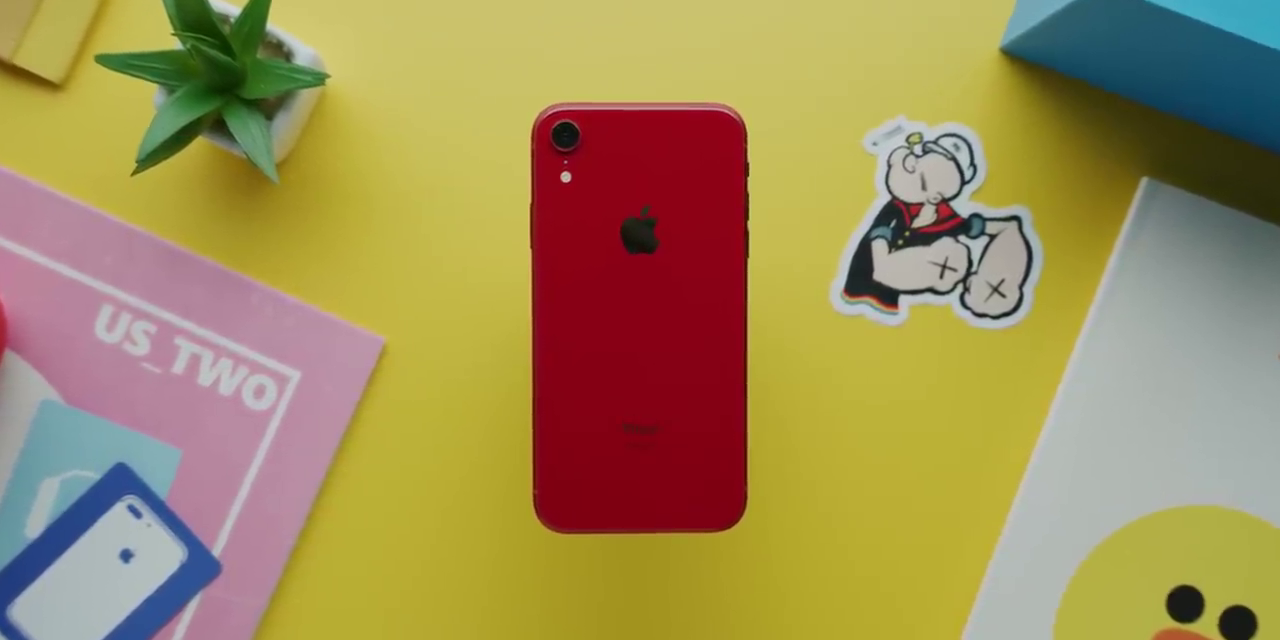
The iPhone XR has garnered a certain reputation, but through my testing and review, I aim to uncover what this phone truly offers beyond its initial impressions. Having reviewed the iPhone XS previously, which you can find linked below, let’s delve into what sets the iPhone XR apart despite its similarities and $250 price difference.
Size and Build
Size
The iPhone XR fits snugly between the iPhone XS and XS Max with its 6.1-inch display. While I personally wish for a smaller iPhone to highlight the differences, the 6.1-inch display is a middle ground. However, reaching the corners and tops of this display can be challenging for most users. Despite this, the size is manageable for me.
Build
The construction of the iPhone XR differs from the XS, despite their similar designs. The XR forgoes stainless steel in favor of anodized aluminum sides, allowing for color matching with the glass backs. The XR is available in six new colors, with red remaining my favorite and blue taking second place. The coral and yellow options don’t appeal to me as much, and the black and white are standard.
Additionally, the XR has an IP67 water resistance rating compared to the XS’s IP68. It also has slightly different antenna band locations and lacks gigabit LTE, affecting only a small number of users in areas where their carrier supports it. Overall, I appreciate the build of the XR and its vibrant colors, although the aluminum makes it more slippery than the stainless steel of the XS.
Display Differences
The display is the most significant difference between the iPhone XR and XS, explaining the $250 price gap and contributing to the XR’s controversial reputation. Apple calls it a “Liquid Retina Display,” an LCD with curved corners, 1792 by 828 resolution, and slightly thicker bezels. The display offers great color and brightness with decent viewing angles and is crisp enough for regular use, though less sharp than the XS when viewed up close.
Focusing on the numbers alone can make the display seem inferior. With a pixel density of 326 PPI, the same as the iPhone 4 and 8, it’s essential to consider the actual user experience. The XR’s display lacks 3D Touch and OLED, but Apple includes Touch to Wake and True Tone features. The bezels, though slightly thicker, are the most noticeable difference for me, especially compared to the XS.
Performance and Battery Life
RAM
The iPhone XR has 3GB of RAM, one gig less than the XS. However, this is sufficient for iOS when pushing fewer pixels, and RAM management remains efficient.
Battery Life
The XR boasts a 2942 mAh battery, delivering excellent battery life thanks to the powerful A12 Bionic chip and lower resolution display. The battery performance is comparable to, and sometimes better than, the XS Max, making it one of the phone’s best features. This all-day battery life is impressive for a phone of this size and a pleasant surprise.
Camera Quality
The iPhone XR features a single rear camera, identical to the primary camera on the XS but without the second telephoto lens. While some users notice a slight difference in image quality between the XR and XS, I find the XR’s camera to be very good. The absence of the telephoto lens impacts optical zoom and portrait mode.
Optical Zoom
Without the telephoto lens, the XR relies on digital zoom, often providing better results than the optical zoom in low-light conditions where the primary lens outperforms the telephoto.
Portrait Mode
The XR’s portrait mode uses the primary camera, resulting in wider-angle portraits with a shallow depth of field, a look I personally prefer. The background blur has been remapped to resemble a wide-angle optic, adding character to the images. However, the XR’s portrait mode only works with human faces, limiting the ability to capture portrait shots of objects.
Pricing
Starting at $750 for 64GB, the iPhone XR is not a budget phone, but it is a much better deal compared to the $999 iPhone XS. The biggest drawbacks are the display and camera when compared to the XS. However, for users upgrading from older models like the iPhone 8 or 7, the XR presents a significant upgrade.
Conclusion
In summary, the iPhone XR offers a blend of excellent features and performance at a more affordable price point compared to the XS. Despite a few drawbacks in display and camera capabilities, it stands out as a great option for those looking to upgrade from older models.



